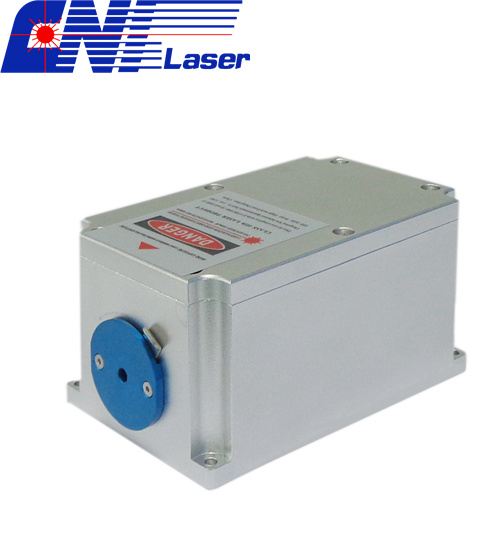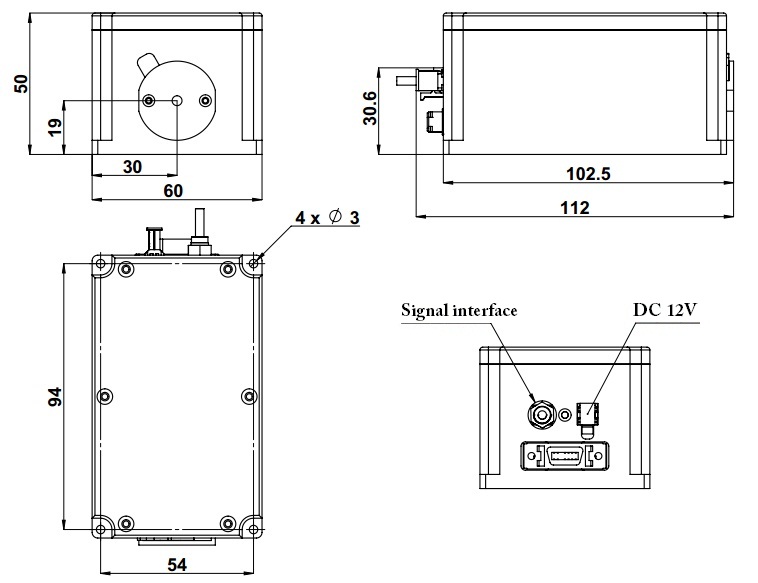I. Cultivation techniques
1. Selection of land. The requirements for land selection in the alfalfa seed field are: smooth and open reclamation, good ventilation, sufficient light, deep soil layer, good drainage, moderate fertility, and less weeds. The optimum soil pH is 7-9. Avoid planting in lowland and on the ground. It is best to be in the vicinity of shelterbelts, bushes, and reservoirs to facilitate the pollination of insects.
2. Sow. Alfalfa seed is small and grows slowly at seedling stage and is easily endangered by weeds. Therefore, the sowing place must be fine and smooth. Before sowing, a sufficient amount of organic fertilizer is used as a base fertilizer, and the applied amount is generally 1.5 tons per 1/15 hectare (1 mu). In the case of insufficient organic fertilizer, a certain amount of nitrogen and phosphorous fertilizer may also be applied. The input amount is 10 to 15 kg per 1/15 hectare, and the ratio of nitrogen to phosphorus is 1:1 or the ratio of phosphate fertilizer is slightly more. Sowing time is generally spring and autumn. Before sowing, the seeds can be soaked in 50-60°C hot water, exposed to sunlight for 30 minutes, moved to a cool place at night, and often sprinkle some water to keep the seeds moist. After 2 or 3 days, the seeds can be sown. . This method is suitable for the more humid soil. In addition, the rice mill can be used for processing, so that the seed coat can produce cracks, is conducive to seed germination. The degree of treatment is generally crushed to the principle that the seed coat has fluffed but not broken. Before sowing, it is best to use rhizobial agents and sowing should be carried out immediately after inoculation. Can not let the sun shine directly. Seeding more drills and sowing. Drilling is suitable for wide-scale sowing of machinery with a sowing volume of 0.4-0.5 kg per 1/15 hectare. Hole sowing is generally suitable for small area seed production. In order to better control the sowing volume, the millet can be mixed and sown after frying. Sowing the depth of 2 PCT water, slightly cover the earth, repression.
3. Field management.
1 Remove weeds. Under suitable conditions, alfalfa emerged after 5 to 6 days, and 15 days later. Seedlings are most vulnerable to weeds. Therefore, if you want to squat early, the first time must be shallow and weeding must be fine. Wait until the dragonfly grows to about 20 centimeters, weeding the second time, at this time to deep. In addition, drugs can be sprayed for chemical weeding.
2 seedlings. The seedlings are planted when they grow up to four leaflets. The spacing is generally 0.3 meters or more and is controlled between 1,500 and 2,000 plants per 1/15 ha.
3 top dressing, watering. Alfalfa has a higher demand for phosphorus and potassium fertilizers, so the application of phosphorus, potash or other compound fertilizers should be applied to the alfalfa seed field. Top dressing is best done during flowering. As the budding rhizobia vitality is reduced, a certain amount of nitrogen fertilizer is applied outside the roots to increase seed production by 20% to 30%. Seed fields should also have good drainage and watering conditions. It is best to water 2 or 3 times a year.
Second, the harvest and storage of seeds
1. Harvest. The harvest time of alfalfa seeds should be determined according to the maturity of the seeds, ie the yield and quality, and the equipment used at the time of harvest. It is generally believed that when 90% to 95% of the pods turn brown, a large harvester can be used. The use of small agricultural machinery to harvest, can be 70% to 80% turn brown to harvest seeds. After cutting, they should be bundled and dried immediately. Harvesting should be conducted in clear weather with no fog or dew, and the speed of the machinery should not be too fast.
2. Storage. Before harvesting the harvested seeds, be sure to check the humidity of the seeds. In the northern regions of China, the moisture content of seeds exceeds 13%. Drying is required. At the same time, it is necessary to carry out cleaning, classification, and removal of impurities. During the storage, the seeds must also be checked frequently. Fixed timing. Prevent seed accumulation and warm up. Also pay attention to the occurrence and prevention of pests and rodents.
CNI offer nanosecond pulsed diode Laser, with tunable pulse width 10ns-10ms (external trigger), good beam profile and high power stability. It has ultra compact design that can be easily integrated into customers instrument. This series laser can be widely used in microelectronics, solar energy, material processing, equipment integration, etc..
Specifications
| Model | Wavelength | Output Power (mW) | User Trigger Frequency (MHz) | Pulse width |
| MDL-NS-405 | 405 | 1-500 | 1Hz-80MHz | 10ns-10ms |
| MDL-NS-450 | 450 | 1-80 | 1Hz-50MHz | 10ns-10ms |
| MDL-NS-520 | 520 | 1-100 | 1Hz-50MHz | 10ns-10ms |
| MDL-NS-635 | 635 | 1-200 | 1Hz-40MHz | 10ns-10ms |
| MDL-NS-642 | 642 | 1-80 | 1Hz-30MHz | 10ns-10ms |
| NDL-NS-655 | 655 | 1-180 | 1Hz-30MHz | 10ns-10ms |
| MDL-NS-785 | 785 | 1-100 | 1Hz-30MHz | 10ns-10ms |
| MDL-NS-808 | 808 | 1-100 | 1Hz-40MHz | 10ns-10ms |
| MDL-NS-830 | 830 | 1-120 | 1Hz-20MHz | 10ns-10ms |
| MDL-NS-852 | 852 | 1-150 | 1Hz-30MHz | 10ns-10ms |
| MDL-NS-915 | 915 | 1-200 | 1Hz-30MHz | 10ns-10ms |
| MDL-NS-980 | 980 | 1-200 | 1Hz-40MHz | 10ns-10ms |
| MDL-NS-1060 | 1060 | 1-200 | 1Hz-40MHz | 10ns-10ms |
Dimensions
121(L) ×50(W) ×30.8 (H) mm3,0.3kg
121(L) ×50(W) ×30.8 (H) mm3,0.3kg
MDL-NS-XXX
Optional Power Supply


Infrared Nanosecond Laser,Nanosecond Laser,Nanosecond Pulse Laser,Nanosecond-Pulsed Laser Co-Irradiation
Changchun New Industries Optoelectronics Technology Co., Ltd. , https://www.cnioptics.com